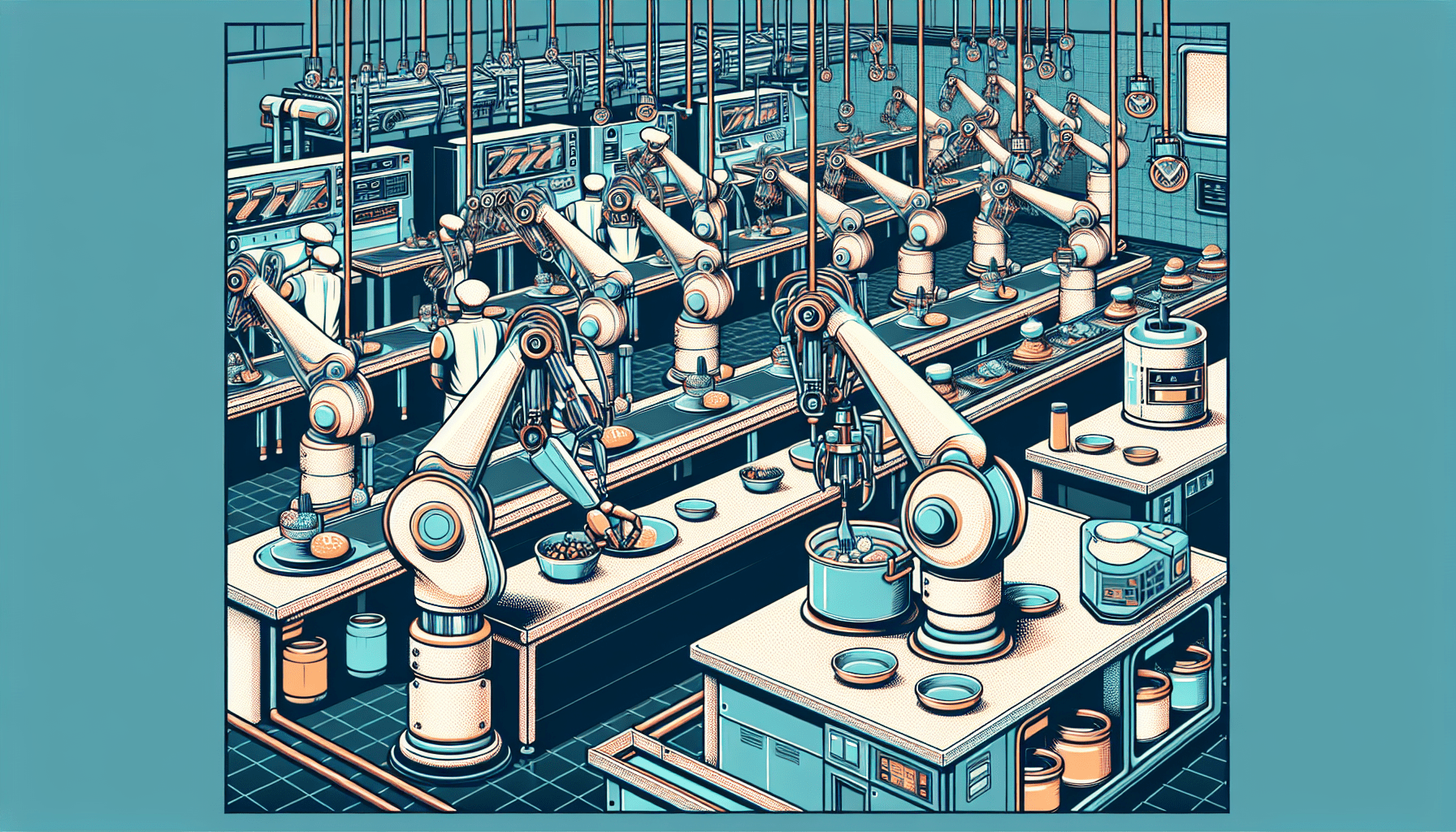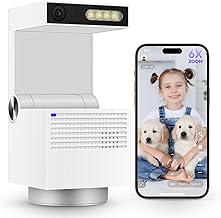Robotic Innovations Transforming Restaurant Automation
As technology intertwines with our daily lives, robotics and AI are making waves in the food service industry, a realm often overlooked by many in the geek community. The recent acquisition of Vebu by Serve Robotics marks a significant leap in culinary automation, illustrating how robots can revolutionize food preparation while tackling labor shortages that plague the sector.
The Rise of Restaurant Automation
Current Trends
The food industry is under increasing pressure due to labor shortages, prompting restaurants to turn to automation for solutions. Companies like Miso Robotics and Zume are already enhancing efficiency through robotic innovations, and the trend shows no signs of slowing. In this milieu, Serve Robotics and Vebu are positioning themselves as frontrunners, dramatically reshaping how we think about food service.
The Role of Robotics in Enhancing Efficiency
Using robotics in food preparation and delivery not only improves operational speed but also provides consistent quality—essential perks in a competitive market. Imagine a kitchen where precision meets creativity, allowing chefs to focus more on culinary artistry while robots ensure that every dish is prepared to perfection.
Case Study: Serve Robotics and Vebu
Details of the Acquisition
Serve Robotics’ all-stock acquisition of Vebu may well be a game-changer. This strategic move is aimed at bolstering Serve’s robotic capabilities in food prep, capitalizing on Vebu’s innovative technologies to meet the rising demands of the food service landscape.
Spotlight on Autocado
Among Vebu’s most remarkable creations is Autocado, an automated avocado-cutting robot that speeds up food prep dramatically. This technological marvel can process up to 25 pounds of avocados at a time, enhancing quality and efficiency—impressive for any food service operation, especially with current pilot tests underway at Chipotle locations in Los Angeles.
Broader Implications of Robot Integration
Addressing Labor Shortages
The food service industry continues to grapple with a lack of workers, making the integration of robots a potential solution. Ali Kashani, CEO of Serve Robotics, has noted that automation will play a crucial role in alleviating workforce challenges while maintaining quality. This sentiment echoes in the thoughts of many within the sector, highlighting a necessity for change.
Shifting Perspectives
For many in the geek community, the view on automation in food service may be twofold. While robotics can promise efficiency and precision, there are valid concerns about job displacement. The balance between embracing technological advantages and preserving livelihoods remains a topic ripe for discussion.
The Future Outlook
Potential Market Growth
Looking ahead, the market for food service robotics is set to grow as businesses recognize the potential of automation. Collaborations between companies, like Serve Robotics’ partnerships with Uber Eats and Shake Shack, signal a shift towards more widespread adoption of these technologies.
The Technological Evolution in Restaurants
As we step into an era where technology continues to evolve, expect more innovations beyond food preparation. Imagine a future where robots not only prepare meals but also recommend menu options based on customer preferences or dietary restrictions.
In Closing
The importance of robotics in food service goes beyond just improving efficiency; it evokes a deep-seated curiosity about the future of our workforce and how we will adapt. Instead of fearing change, let’s embrace it, harnessing technology to create an improved food service experience.










